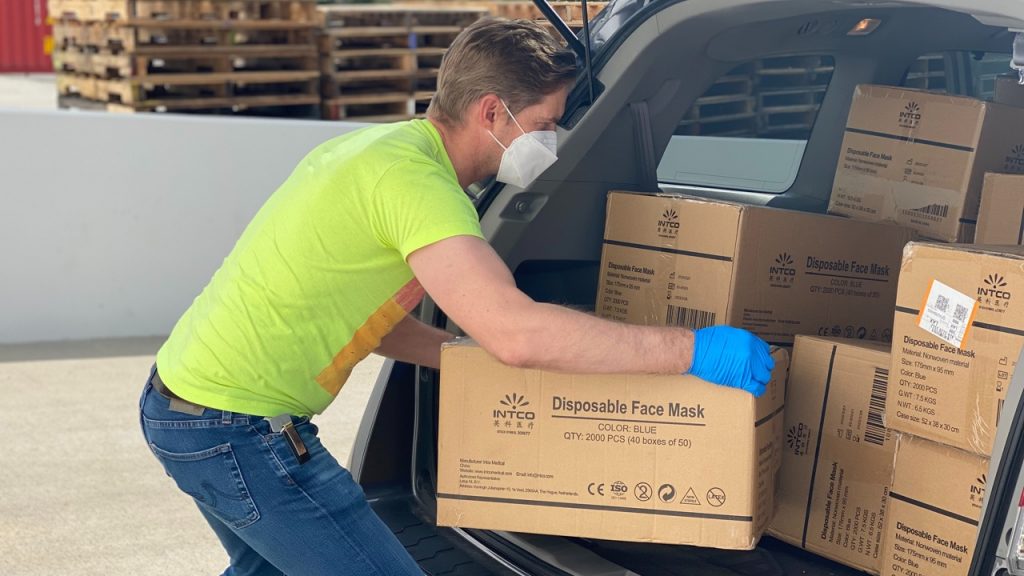How to help Victims of a Natural Disaster

By Abigail Gadd Pixton
The year 2017 hosted a remarkably high number of natural disasters. Hurricanes Harvey, Irma, and Maria destroyed homes and cities in the Southeastern United States as well as throughout the Caribbean. The Western United States was devastated by thousands of acres of wildfire destroying homes and taking lives. Fortunately, the National Voluntary Organization Active in Disaster (NVOAD) has contributed hundreds of thousands of dollars and hours to provide the victims with relief. NVOAD is a coalition of 73 churches and other organizations focused on providing relief in times of disaster. In order to aid in their efforts, NVOAD has come out with official best practices for the common man to help out in times of a natural disaster.
Here are some of their best practices:
1) Donate. There are plenty of things to donate for relief, but the most practical is money. Here’s why: Coalitions like NVOAD often have the best gauge of supplies needed and will put donations to best use in gathering said supplies. Charities and organizations will also buy supplies from the area affected, which benefits the local economy. While the thought counts, donated clothing is not very helpful to aid in a disaster because of its bulk and constant need to be cleaned. If you’d like to donate something other than money, check a known church or charity working in the disaster zone for a list of items needed.
Also, the best way for supplies and goods to be transferred to a disaster zone is through an experienced disaster relief organization. They coordinate with facilities in the area and know the best routes for transportation to follow into the affected areas. Don’t send money, goods, or supplies on your own. Check with a registered organization in the area for what is needed and send your relief through them.
2) Volunteer. The most helpful volunteers are ones with experience. If you’ve never had experience, volunteer now at a disaster relief charity to acquire skills for out in the field. Volunteering early builds trust between you and the organization and allows them to get work done efficiently. While you’re volunteering in the disaster zone, plan to provide all your needs for yourself. Bring a tent, suitable clothing, and food for your party. All available food and bedding will go to those affected by the disaster.
The most important yet overlooked need for volunteers is long-term recovery. Many times, local churches will hold support groups while other charitable organizations will gather supplies and skilled workers to rebuild lost structures. Consider finding a place near the disaster zone where you can volunteer long-term.
If the current decline in religious participation seems ominous to you, it should. With declining religious membership comes fewer donations and volunteers. Nearly every natural disaster relief effort relied heavily on religious volunteers to bring aid. FEMA often doesn’t arrive in an area until a few weeks after many religious groups have set up relief camps. Help ease the burden of those affected by disaster and consider volunteering or donating to a religious charity today.
3) Give blood. Did you know, every 2 seconds in the U.S. someone is in need of a blood transfusion? During the wildfires in the western United States of 2020, the Red Cross reported the cancellation of more than 100 blood drives, drastically reducing the amount of life-saving procedures for emergency patients. The Red Cross and America’s Blood Center are the two largest blood donation centers in the U.S. and provide 95% of donated blood. Consider donating blood to either of these centers in times of natural disaster as blood supplies will be in short supply.
4) Plan a fundraiser. When planning a fundraiser for any natural disaster, the first step is to identify an organization you can give the money to. Make sure the organization is reputable, and that all your funds will be put toward their intended purpose. Next, get in touch with your creative side. Fundraisers are meant to provide a service for the audience. You could make T-shirts, have a bake sale, host a themed party with tickets to get in, hold a concert with local bands, or start a crowdfund like GoFundMe. While part of the donations might help you cover the cost of the event, make sure participants know how much of their contribution will be going to the charitable organization you’ve selected.



